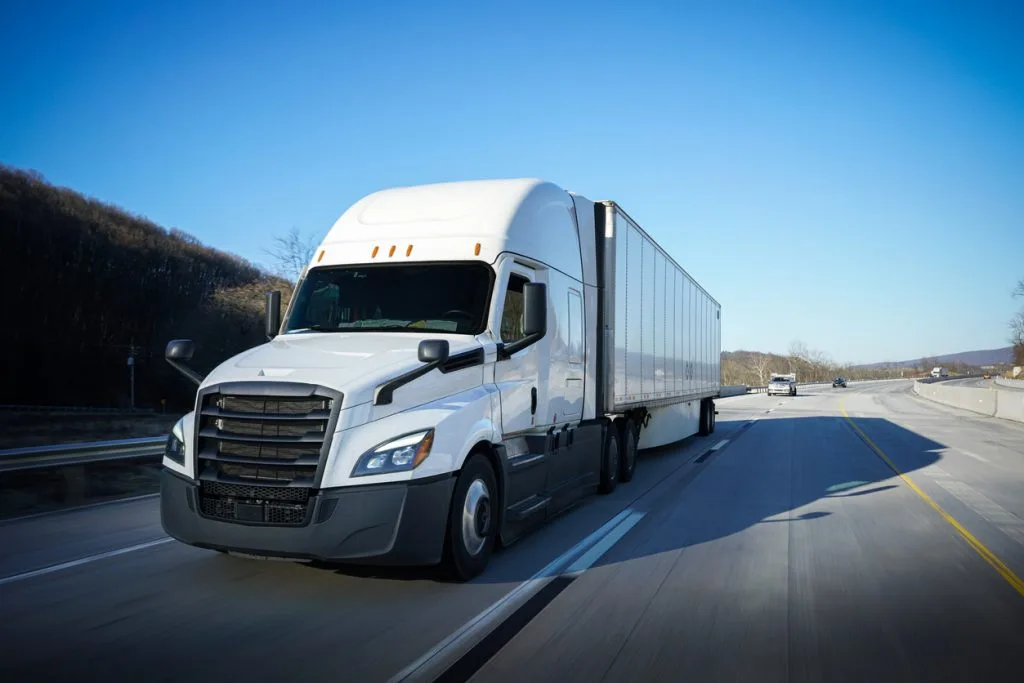
Big Rig Crash on I-80 in Roseville Causes Delays
Big Rig Crash on I-80 in Roseville Causes Delays A solo big rig crash on I-80 in Roseville disrupted traffic on Wednesday afternoon, June 25,…


Big Rig Crash on I-80 in Roseville Causes Delays A solo big rig crash on I-80 in Roseville disrupted traffic on Wednesday afternoon, June 25,…
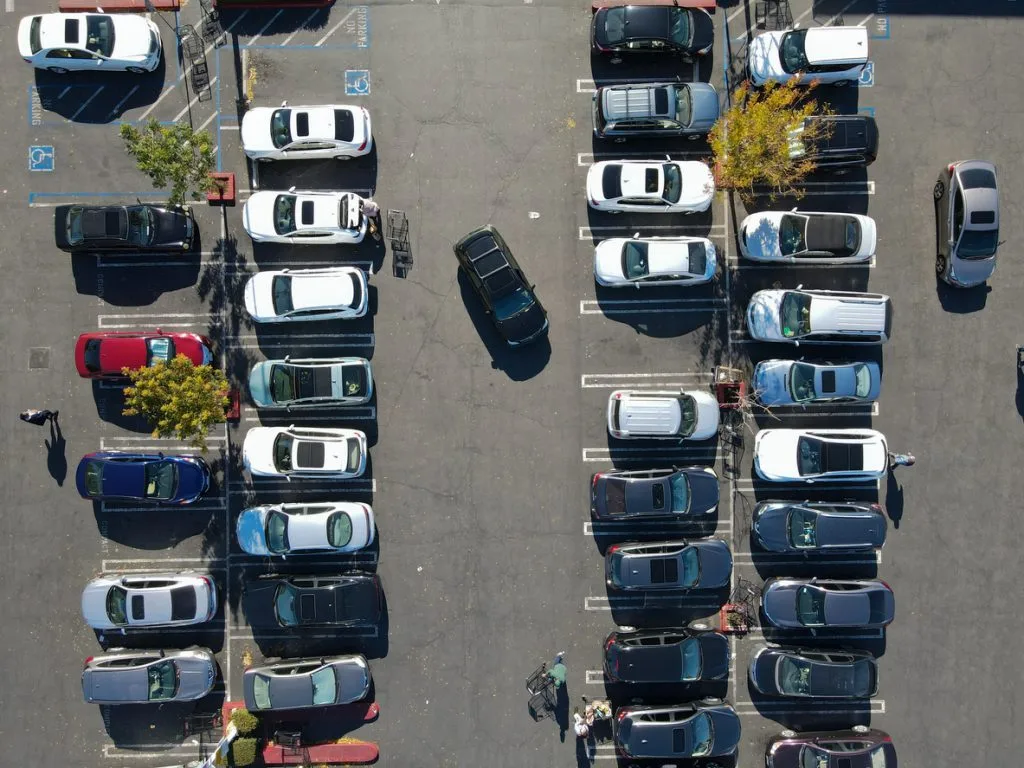
STOCKTON, CA — A serious car crash was reported early Wednesday morning in Stockton, according to the California Highway Patrol. CHP officers responded around 5:18…

Major Crash Involving Big Rigs Shuts Down Capital City Freeway A major crash involving big rigs early Friday morning shut down the southbound lanes of…
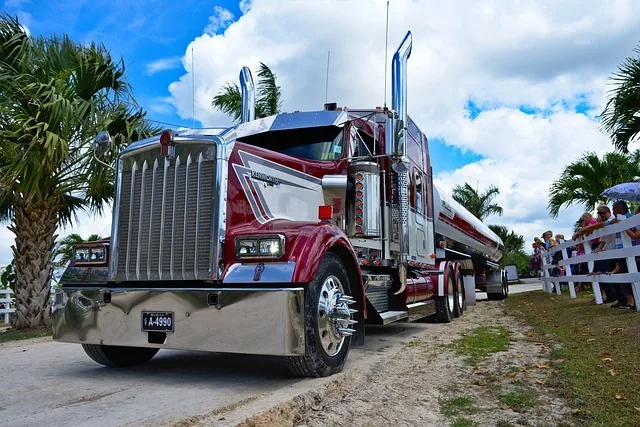
Pedestrian on Interstate 5 Killed in Sacramento Tractor-Trailer Accident A Sacramento tractor-trailer accident occurred on January 9 struck and killed a person on northbound Interstate…
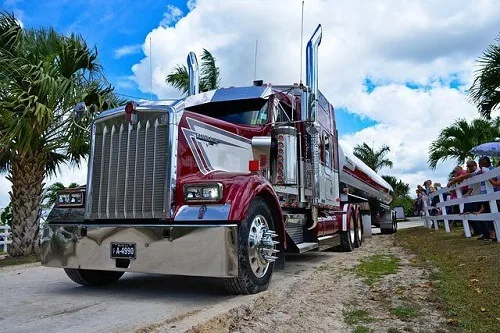
Accident Near San Mateo-Hayward Bridge Claims Lives of Two Women A big rig crash in Foster City on Highway 92 westbound near the San Mateo-Hayward…

Vallejo Big Rig Fire I’m Ed Smith, a Vallejo truck accident lawyer. On Wednesday, January 25, 2017, a big rig truck caught fire on Highway…

San Joaquin County Big Rig Crash San Joaquin County Big Rig Crash I’m Ed Smith, a Stockton truck accident attorney. A big rig crash prompted…

Rancho Cordova Big Rig Crash Rancho Cordova Big Rig Crash I’m Ed Smith, a Rancho Cordova trucking injury lawyer. Commuters travelling on westbound Highway 50…

Natomas Deadly Motorcycle Crash Natomas Deadly Motorcycle Crash I’m Ed Smith, a Natomas motorcycle accident lawyer. A motorcyclist was tragically struck and killed near Natomas…

Woodland Truck Overturns Woodland Truck Overturns I’m Ed Smith, a Woodland truck accident attorney. Heavy rains contributed to…
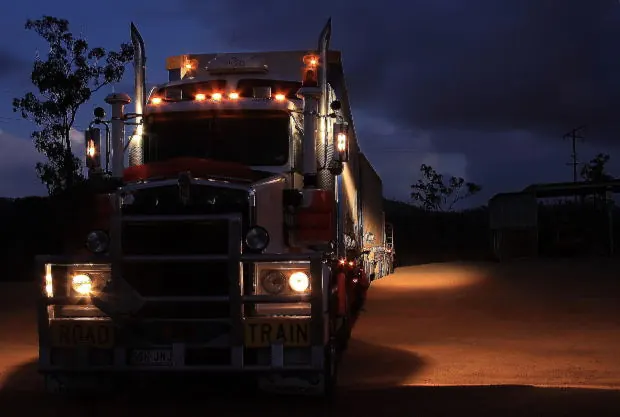
Big Rig Load Requirements While big rigs mostly look pretty uniform, they can carry various items. Each truck has its own unique system for loading…
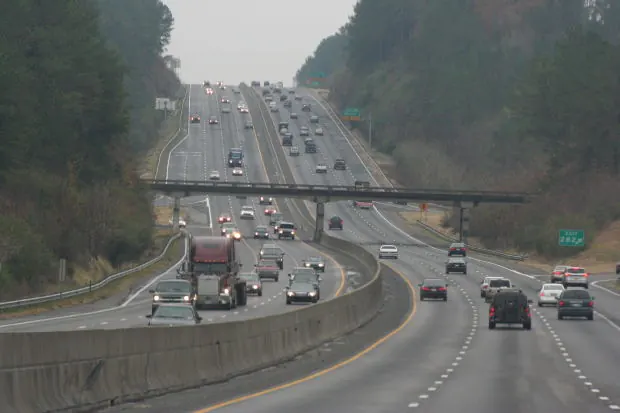
Southbound Highway 5 Evidence Gone While you were sleeping the California Department of Transportation (Caltrans) was out regrinding sections of Southbound Highway 5. This is…

Family of Man Killed in Truck Accident Forgives Big Rig Driver A family from Santa Cruz who tragically lost their son in a big rig…

Southbound Highway 5 Regrinding Yesterday we told you about the Southbound Highway 5 Closure at Seamus Road in Sacramento. The California Department of Transportation (Caltrans) was…
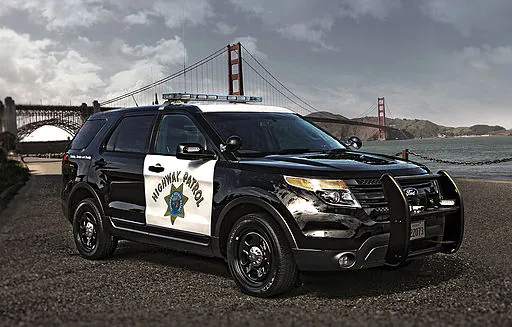
Southbound Highway 5 Closed I’m Ed Smith, a Sacramento Car Accident Lawyer. Southbound Highway 5 closed today near Seamus Avenue in Sacramento. This is an…

Electronic Logging Devices Electronic Logging Devices (ELDs) will become a requirement by December 2017. Truck drivers who have ELDs in the cabs of their trucks…